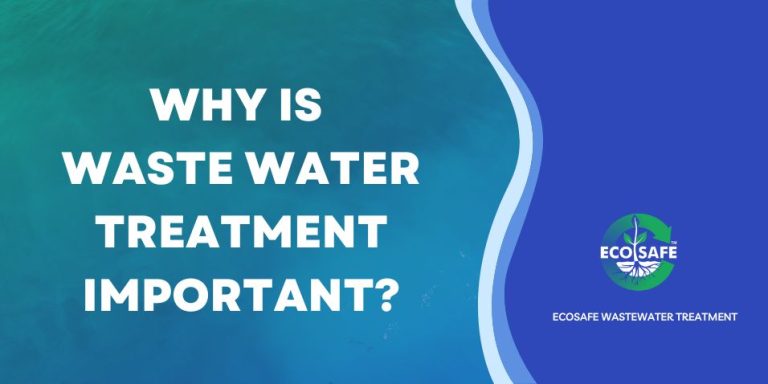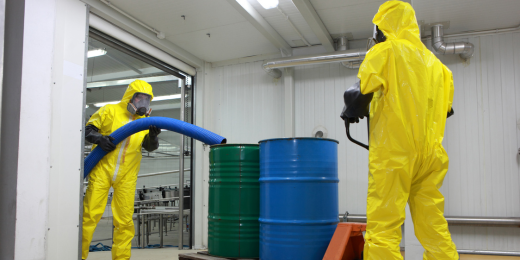Things about Reclaim Waste
Table of ContentsThe 5-Minute Rule for Reclaim WasteUnknown Facts About Reclaim Waste5 Simple Techniques For Reclaim WasteWhat Does Reclaim Waste Mean?The Of Reclaim Waste
Explore the kinds, incidents, and forms of fluid waste. Residential sewage waste describes the waste and products from a property septic storage tank. This kind of waste is produced by humans in residences, colleges, and other buildings. This only includes septic storage tanks that have a drainpipe field. The correct management and disposal of domestic sewer waste need liquid waste to be moved to a sewage treatment plant where the proper approaches and equipment are put on cleanse and throw away waste.
Business waste typically consists of potential dangers, such as combustible products or a blend of fluid and solid waste items, and calls for an advanced and comprehensive disposal process. The disposal of industrial waste normally involves the filtering of waste prior to transport to make sure safe and proper disposal. Industrial waste is developed from byproducts and overflow of commercial procedures and manufacturing.
This kind of waste can not utilize the exact same sewer administration transport or procedures as septic or commercial fluids. The commercial waste administration process needs the inspection and testing of liquid waste before it goes through the disposal process (industrial wastewater treatment). Runoff waste is the liquid waste that originates from runoff and excess stormwater in highly populated locations or cities
Overflow waste can trigger contamination and flooding if not dealt with effectively. Making certain correct waste administration can stop catastrophes and reduce environmental injury.
Little Known Questions About Reclaim Waste.
Get in touch with PROS Services today to learn more about our waste monitoring and disposal services and the proper means to take care of the fluid waste you produce.
(https://www.openstreetmap.org/user/reclaimwaste1)Do you recognize what occurs to your water when you draw the plug, flush the commode or drain the cleaning device? No? Well, it's worth understanding. This so-called 'wastewater' is not just a crucial resource however, after treatment, will be launched to our land, waterways or the sea. Utilized water from toilets, showers, bathrooms, kitchen sinks, washings and industrial procedures is recognized as wastewater.

water used to cool machinery or tidy plant and equipment). Stormwater, a kind of wastewater, is overflow that moves from agricultural and urban locations such as roof coverings, parks, gardens, roads, courses and gutters right into stormwater drains pipes, after rain. Stormwater streams neglected directly to neighborhood creeks or rivers, eventually getting to the sea.
More About Reclaim Waste
In Queensland, most wastewater is treated at sewage therapy plants. Wastewater is transferred from domestic or industrial sites through a system of drains and pump stations, known as sewage reticulation, to a sewer treatment plant.
The Division of Natural Resources recommends city governments about handling, operating and maintaining sewage systems and treatment plants. In unsewered areas, city governments may require homeowners to set up individual or household sewer therapy systems to deal with domestic wastewater from toilets, kitchen areas, shower rooms and laundries. The Department of Natural Resources authorises the usage of house systems when they are confirmed to be effective.
In some new communities, therapy of some stormwater to remove clutter, sand and gravel has actually started using gross contaminant traps. Wastewater therapy takes place in four phases: Removes solid matter.
Wastewater after that flows right into big tanks where solids clear up and are removed as sludge. Oil and scum are skimmed from the surface area. Uses small living organisms referred to as micro-organisms to damage down and remove staying dissolved wastes and great bits. Micro-organisms and wastes are included in the sludge. Removes nitrogen and phosphorus nutrients that might create algal flowers in our rivers and intimidate aquatic life.
The Buzz on Reclaim Waste
Nutrient elimination is not readily available at all sewage therapy plants due to the fact that it requires expensive specialised equipment. It is ending up being extra usual in Queensland. Clear fluid effluent produced after therapy might still have disease-causing micro-organisms. If this effluent is released into waterways such as rivers or the sea, the micro-organisms will at some point pass away out.

This normally indicates wastewater has actually to be dealt with or pollutants removed before it can be discharged to rivers. A lot of wastewater streams into the sewerage system. Under the Act, neighborhood governments provide approvals and licences for eco appropriate activities (ERAs) entailing wastewater releases that might have a neighborhood impact. The department carries out authorizations and licences to Periods involving wastewater releases that might have a local or statewide impact.
How Reclaim Waste can Save You Time, Stress, and Money.
Tracking gives factual information concerning water quality and can confirm that permit conditions are being met. The information obtained via tracking provides the basis for making water quality decisions.